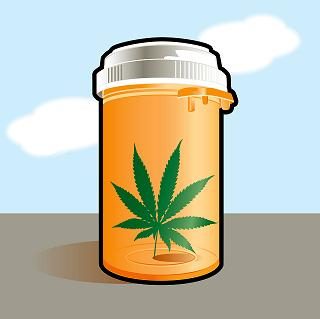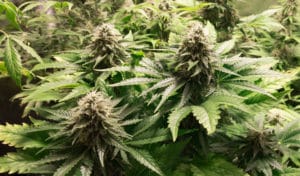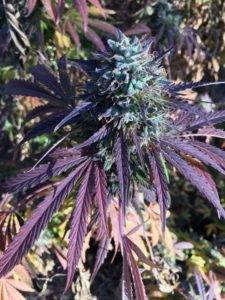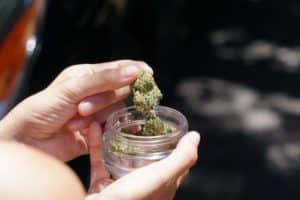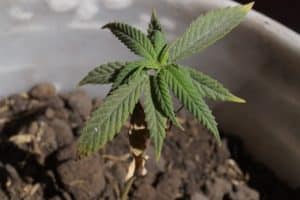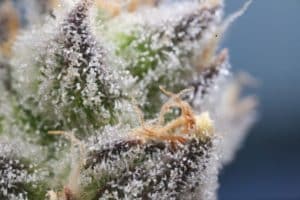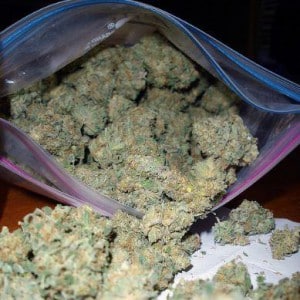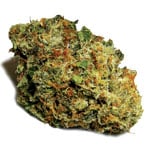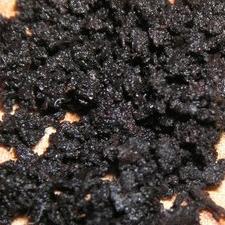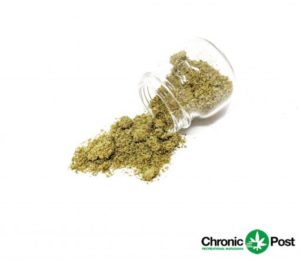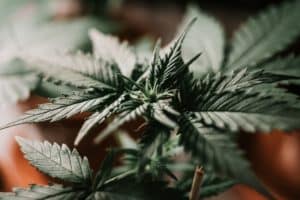 As Oregon gears up to pass a marijuana legalization initiative known as Measure 91, law enforcement officials throughout the state may have already been using taxpayer-funded offices, email accounts, facilities, and work hours illegally to campaign against the initiative. Check back on Part I, Part II, and Part III of our report for more details.
As Oregon gears up to pass a marijuana legalization initiative known as Measure 91, law enforcement officials throughout the state may have already been using taxpayer-funded offices, email accounts, facilities, and work hours illegally to campaign against the initiative. Check back on Part I, Part II, and Part III of our report for more details.
Thanks to the Oregon State Sheriffs’ Association donation of $10,000 to the two-day “Oregon Marijuana, Alcohol & Other Drugs Summit” in Madras, Oregon, this event, roundly criticized in the media as a political event intended to oppose Measure 91 to legalize marijuana, will go on as scheduled, allegedly as an “educational event”, despite the primary funder pulling its $15,000 donation and the Oregon Liquor Control Commission pulling out of the event due to its political nature.
The head of the Sheriffs’ Association clearly believes the summit is a political event designed to oppose Measure 91. The president and Gilliam County Sheriff Gary Bettencourt writes, “I for one, along with my fellow Oregon Sheriffs, are saying no to the legalization of marijuana and vow to stay in the fight for as long as it takes. We refuse to give up, so please join us in voting no to any further legalization of marijuana.”
According to laws governing 501(c)(3) organizations like the Sheriffs’ Association, they may oppose Measure 91, but the funds used must be accounted for under the limited amounts they are allowed for lobbying under IRS code. According to their IRS 990, in 2012 the Sheriffs’ Association had a $1.1 million budget, half-a-million from grants mostly spent on Sheriff’s Staff overtime, and spent about $50,000 on lobbying activities.
If the Sheriffs’ Association accounts for their $10,000 donation as part of their allowed lobbying activities, that would clearly define the event from their perspective as a political one. If instead they cling to the idea they are merely funding an educational campaign, they need to demonstrate that the information they are helping to disseminate is non-biased and factual. “I routinely encounter those who are high on marijuana,” says Sheriff Bettencourt. “In these altered states, they believe such things like having the ability to stop a moving train or seeing airplanes spreading harmful chemicals down on to the earth from above.” When Sheriff Bettencourt writes lines worthy of the 1936 propaganda film Reefer Madness, it’s difficult to think of him and the sheriffs as unbiased.
As for factual, when Sheriff Bettencourt writes, “Today’s marijuana is upwards of 25 times stronger than it was in the 1960’s and 70’s,” he is not presenting factual information. According to the Drug Czar’s own published data, the highest average potency listed is 14.56% and has been in the 12%-14% range since 2000. If Sheriff Bettencourt really believes the average marijuana of the 1960s and 1970s was 25 times weaker, around 0.58% THC or lower, then he believes Woodstock was fueled by industrial hemp that doesn’t get one high.[i] Marijuana 25 times weaker than the strongest sample ever tested by the HIGH TIMES Cannabis Cup (25.49%) would be at 1% THC, the level considered the lowest threshold at which users feel high. Even marijuana 25 times weaker than the government’s top claim of 37% would be less than 1.5% THC. It’s difficult to believe the people creating and enjoying the music and fashions of The Summer of Love were smoking marijuana that would barely get one high.
Sheriff Bettencourt also falsely asserts “Colorado and Washington are seeing dramatic increases in marijuana impaired drivers and crashes, up 50%.” According to National Highway Traffic Safety Administration, crash fatality figures for Colorado and Washington, and for that matter, Oregon, are at some of the lowest levels ever recorded and well below national averages.[ii]
Sheriff Bettencourt is trying to refer to detection of THC in the bodies of crash fatalities, which has increased, but is irrelevant since marijuana remains in one’s system long after impairing effects wane. It’s hardly surprising that we’ll find more people have used marijuana once it is legalized. You may as well note that there has been a dramatic increase in the number of married gay people killed in car wrecks lately, since gay marriage has been legalized – that doesn’t mean getting gay married leads to dying in car wrecks.
Another factual problem for Sheriff Bettencourt on these “dramatic increases in marijuana impaired drivers and crashes” is that when officers in Larimer County, Colorado, set up a Friday night DUI checkpoint, in three-and-a-half hours they processed over 1,500 cars. From that, they made 20 alcohol DUI arrests and zero marijuana DUI arrests.[iii] In Washington State, where cops performed an annual two-week DUI program that began the weekend of Seattle Hempfest and ended Labor Day, they made fewer total DUI arrests around Seattle the year after marijuana was legalized.[iv] There were 5,952 collisions involving drug or alcohol impaired drivers in 2013, down from 6,641 collisions in 2012.[v]
Check back tomorrow for the final report in our continuing series, “Oregon Marijuana Election Shenanigans Part V: Misuse of Federal Grants“.
[i] “Industrial hemp has a THC content of between [0.5%] and 1%. Marijuana has a THC content of 3% to 20%. To receive a standard psychoactive dose would require a person to power-smoke 10-12 hemp cigarettes over an extremely short period of time. The large volume and high temperature of vapor, gas and smoke would be almost impossible for a person to withstand.” — North American Industrial Hemp Council, “Hemp Facts”, https://naihc.org/hemp_information/hemp_facts.html retrieved 8/27/2014.
[ii] 2012 data on fatal crashes per 100 million vehicle miles:
Colorado = 1.01 / 42% decline since 1994
Oregon = 1.01 / 40% decline since 1994
Washington = 0.78 / 42% decline since 1994
USA Total = 1.13 / 35% decline since 1994
[iii] “Larimer County sobriety checkpoint nets 22 weekend arrests,” Denver Post, May 12, 2014.
[iv] “‘Drive Sober or Get Pulled Over’ Patrols Result in Thousands of DUI Arrests“, AVVO.com, accessed August 27, 2014
[v] Washington State Traffic Safety Commission “Target Zero” data from 2013 and 2012 Collision Summaries, accessed August 27, 2014.



